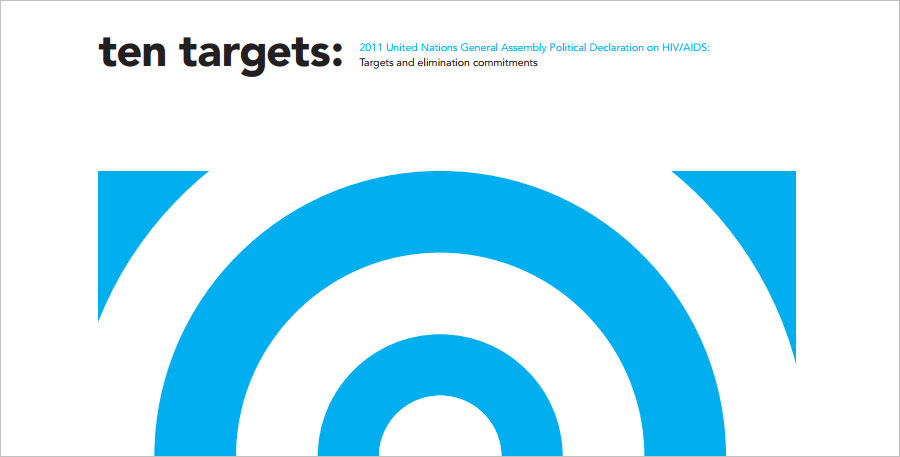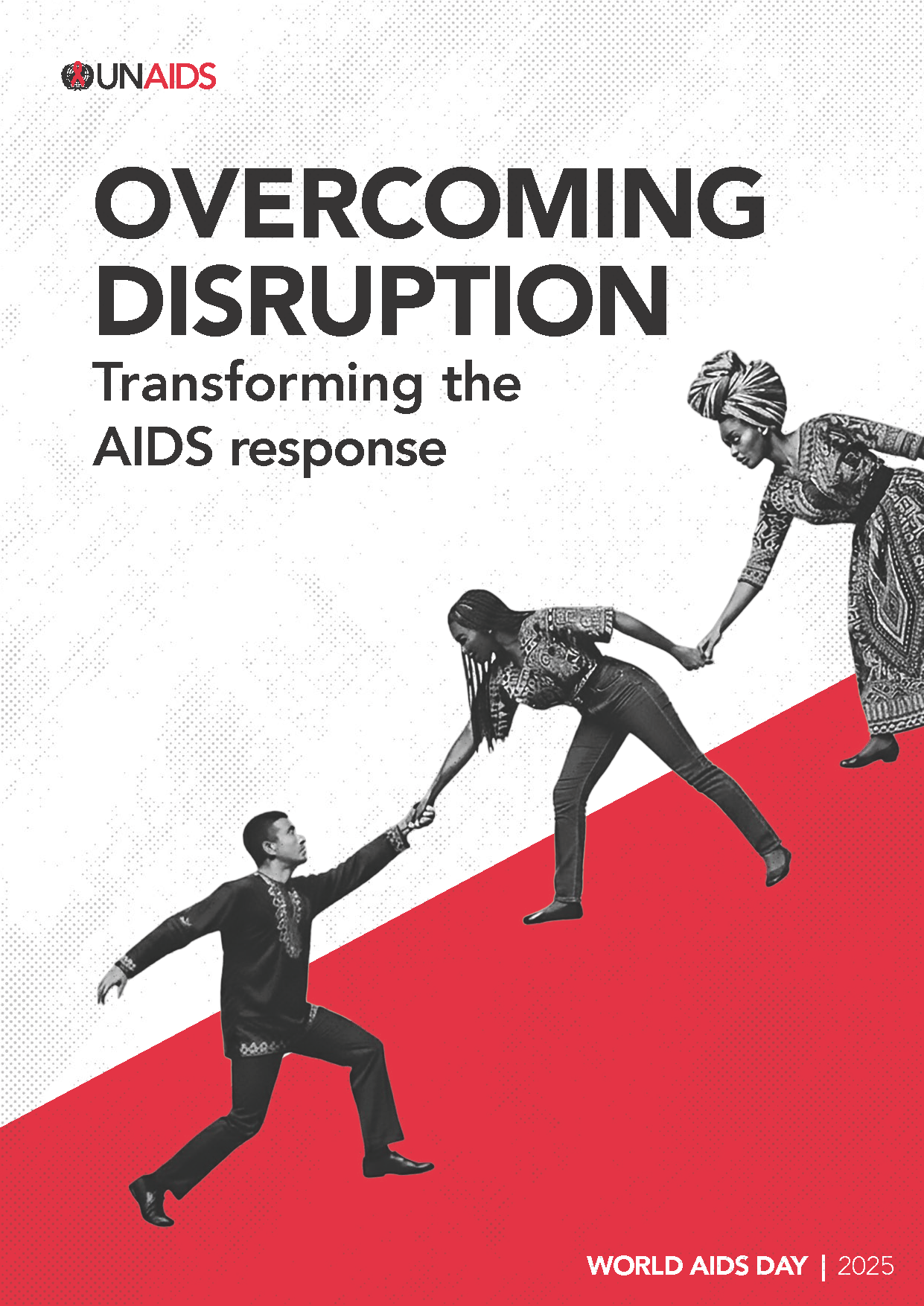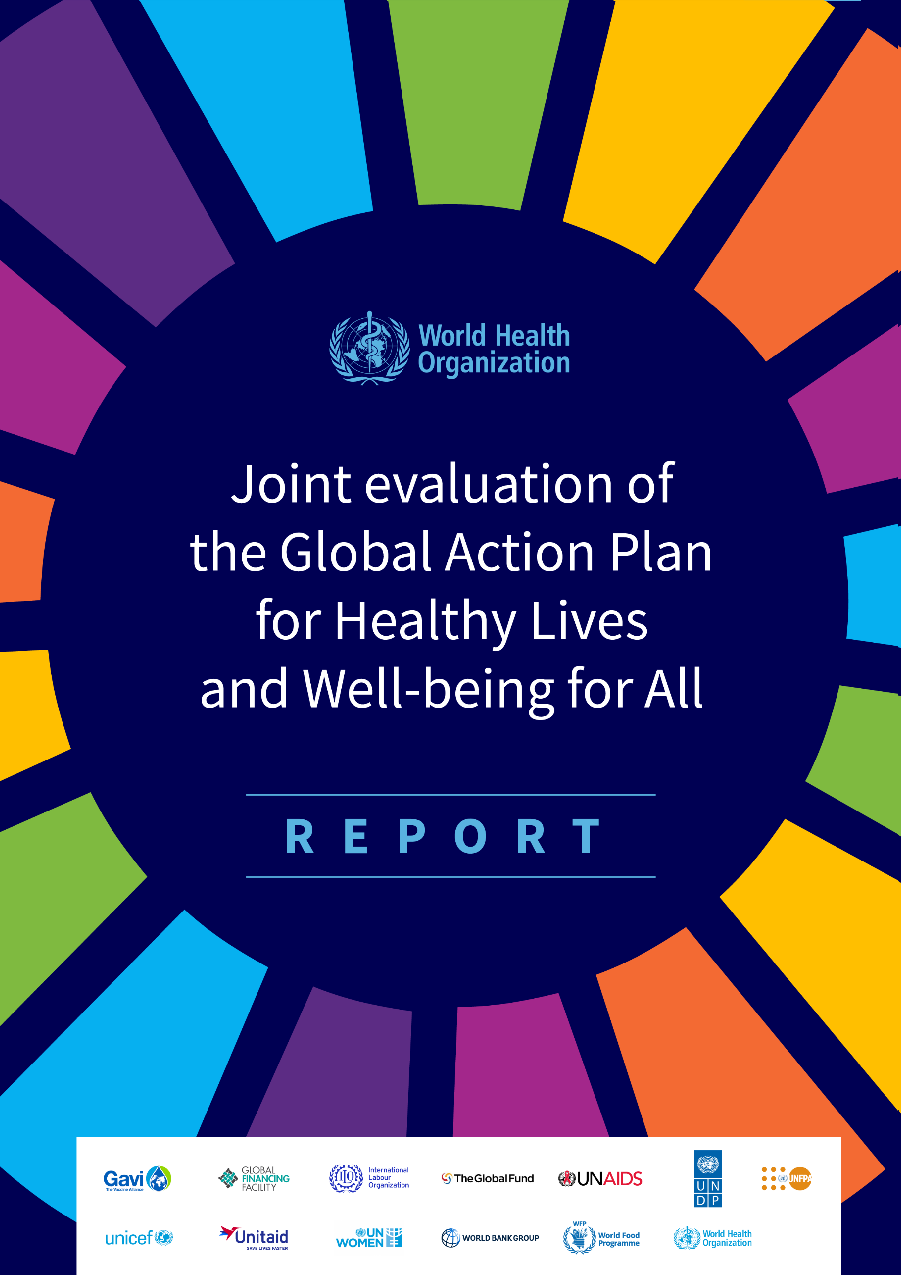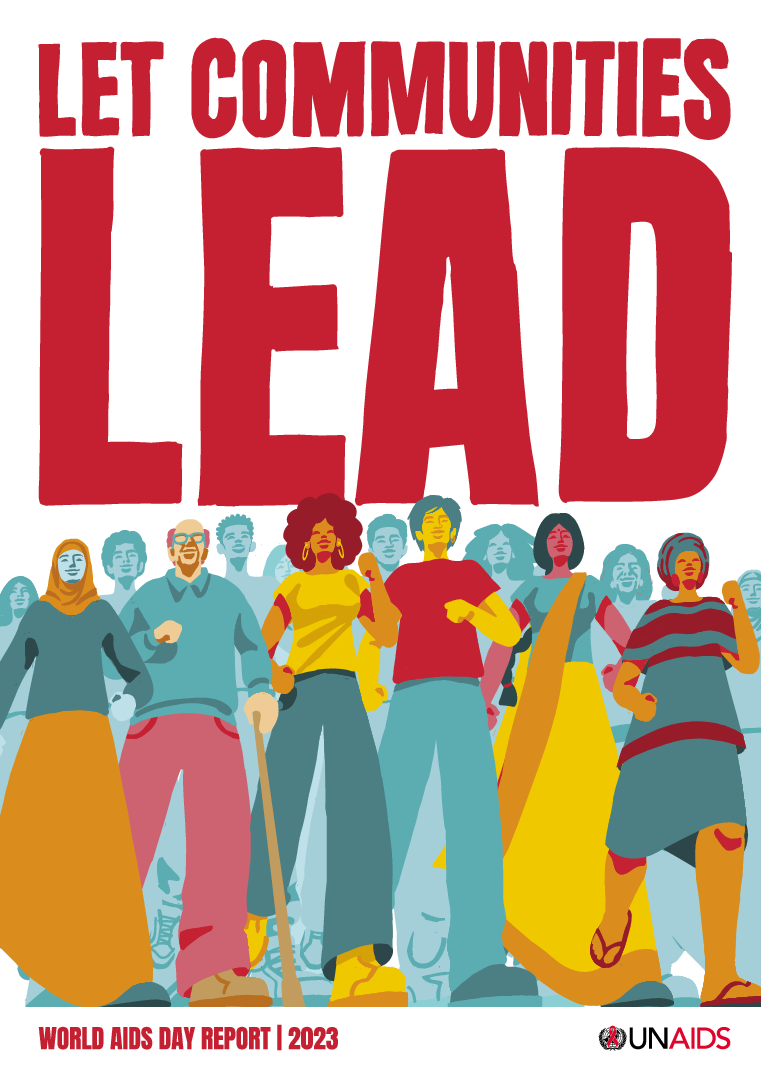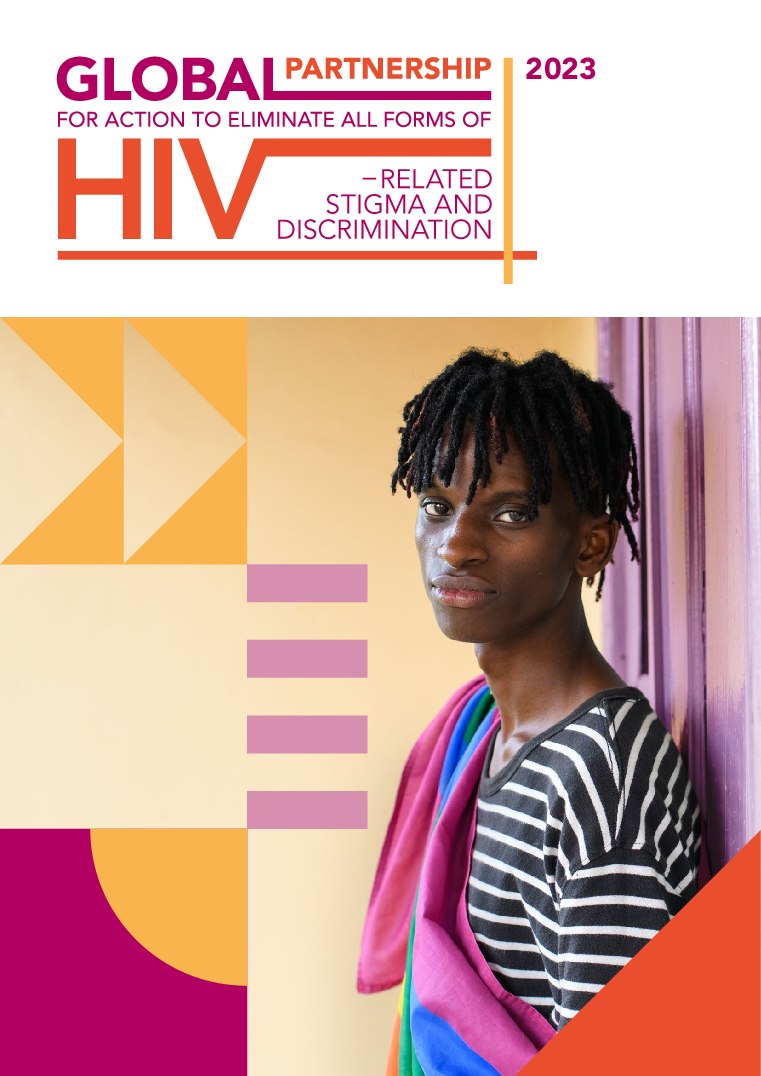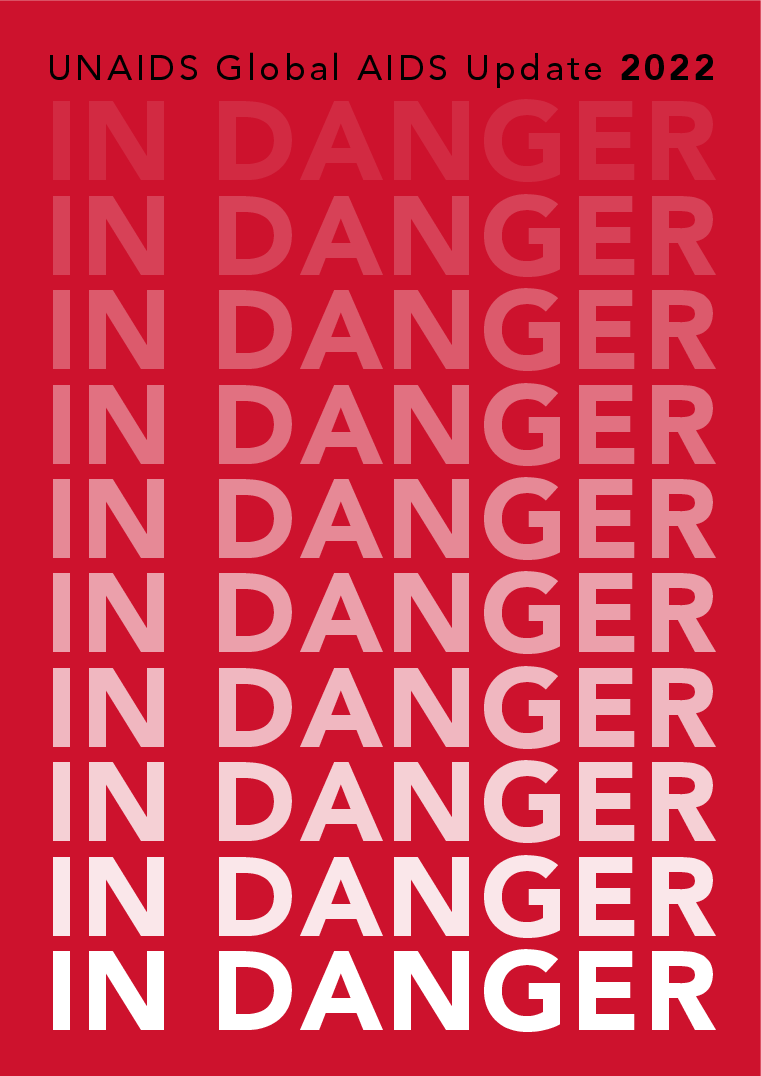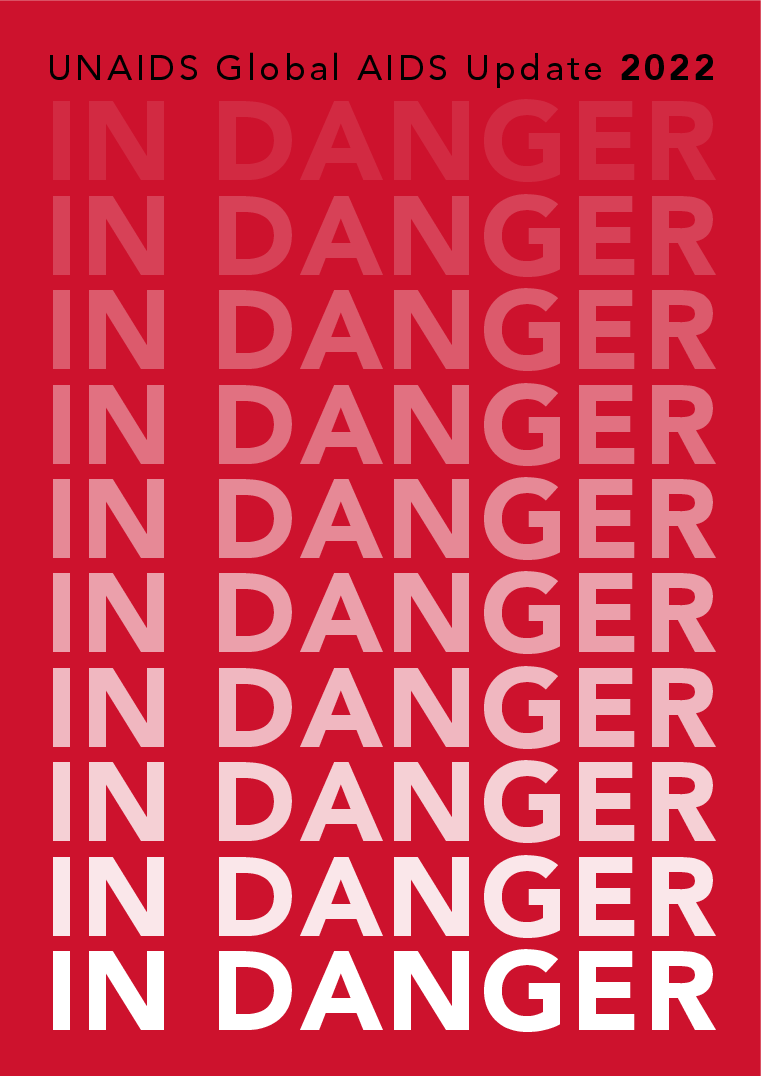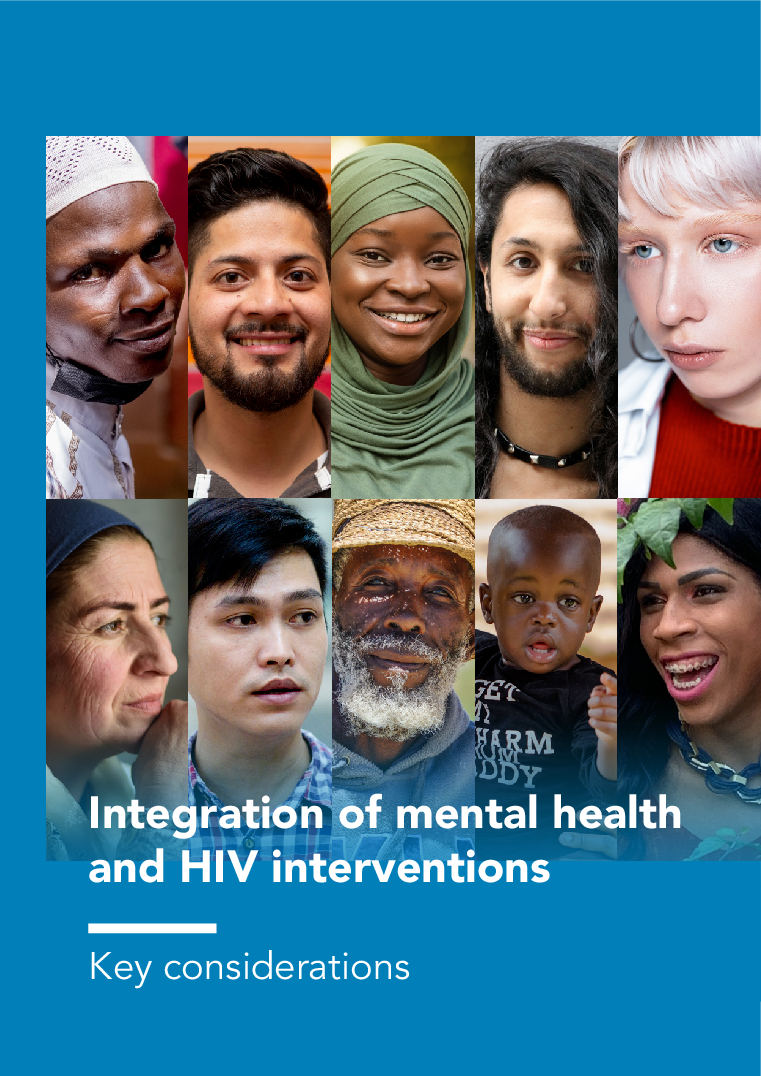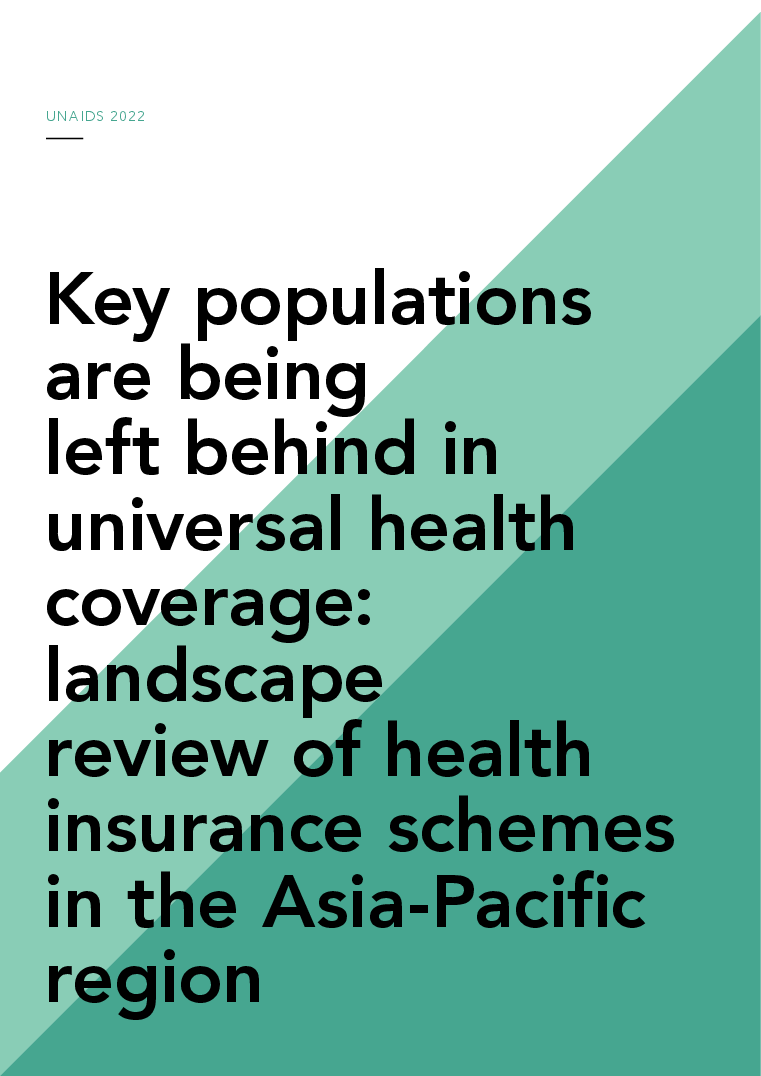
Global celebrities unite behind UNAIDS’ call for world leaders to “take the rights path to end AIDS”
This World AIDS Day (1 December), sixteen global celebrities, including Hollywood film star Luke Evans and singer-songwriter Sia of the Unstoppable hit song, are uniting behind UNAIDS’ call for world leaders to protect human rights, which they say is vital to ensuring the success of efforts to end AIDS.
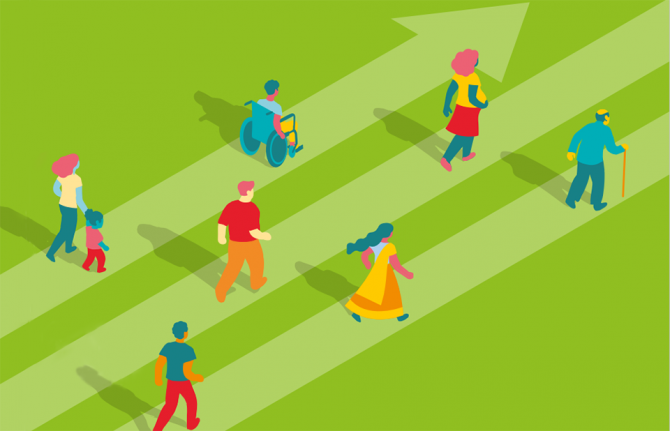
Member States negotiating the pandemic instrument have an opportunity to save lives and keep the world safe, says UNAIDS
As Member States enter the next stage of drafting and negotiating a new Pandemics Prevention, Preparedness and Response Accord, and the targeted revision of the International Health Regulations (IHR), UNAIDS underscores the importance of protecting the gains made in the AIDS response and encourages Member states to use that experience to help prevent and respond to future pandemics and health emergencies.
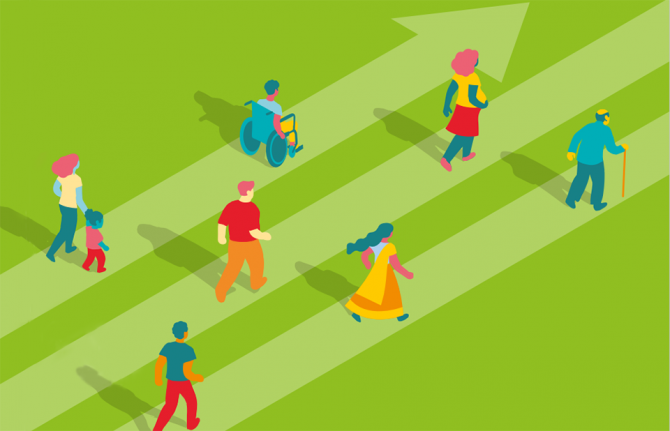
Pandemic Accord: UNAIDS offers lessons from the AIDS pandemic on Bureau’s text
The Joint United Nations Programme on HIV/AIDS (UNAIDS) offers lessons learnt from the AIDS pandemic to strengthen and sharpen the bureau text of the Pandemic Accord to ensure a truly robust response to current pandemics, and to prevent, prepare for and respond to pandemics of the future.

New report from UNAIDS shows that AIDS can be ended by 2030 and outlines the path to get there
A new report released today by UNAIDS shows that there is a clear path that ends AIDS. This path will also help prepare for and tackle future pandemics and advance progress towards achieving the Sustainable Development Goals. The report, ‘The Path that Ends AIDS’, contains data and case studies which highlight that ending AIDS is a political and financial choice, and that the countries and leaders who are already following the path are achieving extraordinary results.

UNAIDS welcomes announcement by Colombian government that will enable people access to the most appropriate HIV treatment for them
UNAIDS welcomes the issuance of Resolution 881 of 2023 by the Ministry of Health of Colombia, which initiates the administrative procedure to evaluate the existence of reasons of public interest for issuing a compulsory license for dolutegravir (DTG)-based regimens. According to the ministerial resolution, the impact of this measure could mean a significant reduction of more than 80% of DTG’s price.

UNAIDS applauds Argentina for the approval of its new human rights-based HIV law
UNAIDS congratulates the Argentinian Congress on the approval of a new law on a comprehensive response to HIV, viral hepatitis, tuberculosis and sexually transmitted infections (STIs). The bill, which has had input from a number of civil society organizations, replaces 30-year-old legislation and changes the country’s health approach from a biomedical approach to an approach more focused on gender and human rights. The new law calls for an end to stigma and discrimination against people living…

Report highlights that women and marginalized people need urgent access to health-care services in Ukraine
A new report by UN Women and CARE International highlights the urgent need to provide health-care services to women in Ukraine and sets out why the international community needs to support a gendered response to Ukraine’s humanitarian crisis.

Key considerations to integrate HIV and mental health interventions
A new publication by UNAIDS and the World Health Organization (WHO) emphasizes the importance of integrating HIV and mental health services and other interventions, including linkages to social protection services, for people living with HIV and other vulnerable populations.

Training health-care workers in Indonesia to improve HIV services for young key populations
The HIV epidemic among young people in Asia and the Pacific has largely been overlooked, even though about a quarter of new HIV infections in the region are among people aged 15–24 years. The vast majority of young people affected by HIV in the region are members of vulnerable populations—people living with HIV, gay men and other men who have sex with men, transgender people, sex workers and people who inject drugs.

UNAIDS Director of Innovation receives prestigious Social Innovators of the Year award
The Schwab Foundation for Social Entrepreneurship has announced that the Director of Innovation at UNAIDS, Pradeep Kakkattil, has been awarded a 2022 Social Innovators of the Year award. Mr Kakkattil received the prestigious award for his work in creating the Health Innovation Exchange (HIEx), a platform that links innovators, governments and investors and finds solutions to global health-care problems, from COVID-19 diagnosis to the cost of medicines.


